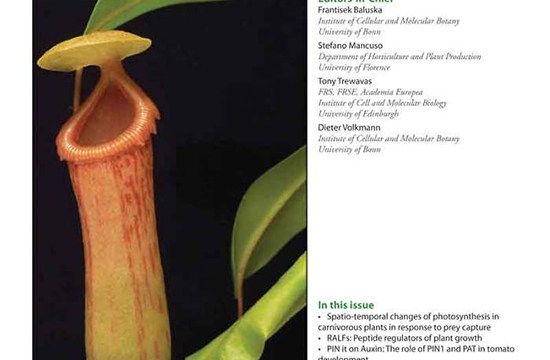linkedin post 2020-10-11 04:50:54
PATTERNING HOMOLOGY. "Attempting to infer structural homology from molecular evidence is fraught with difficulty. However, the hypothesis presented here does not imply structural homology. Rather, the utilization of homologous developmental genes by cnidarians and bilaterians to pattern their primary and secondary body axes suggests homology at the level of the patterning mechanisms themselves, not the structures whose locations are governed by the patterning mechanisms." https://lnkd.in/dph5vzr View in LinkedIn

